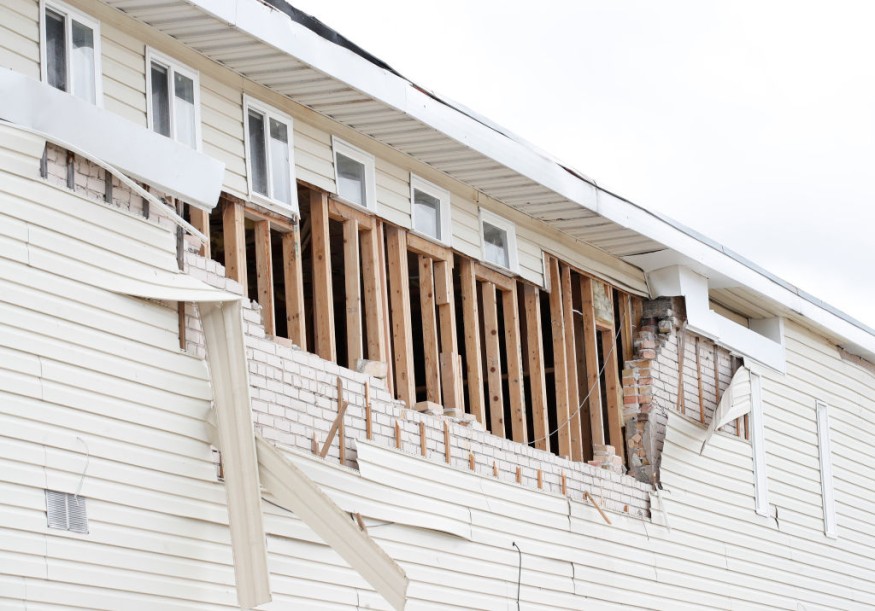A recent study stated that aftershocks that had happened following a strong earthquake in 1886 could still be hitting the United States.
Experts said that the earthquakes in stable North America, or the central and eastern US and part of eastern Canada, have remained enigmatic and debated.

Long-lived Aftershocks
Some scientists expressed belief that present-day earthquakes there are long-lived aftershocks of large historic earthquakes while others believed that they were background seismicity concentrated in weak zones and therefore are indicative of future hazard.
In the study, researchers identified long-lived aftershocks by using the nearest-neighbor method, which identifies aftershocks as events statistically correlated with their mainshocks.
The largest earthquakes recorded in stable North America include the 1811-1812 New Marid earthquakes (Mw 7.2-8.0), the 1886 Charleston earthquake (Mw 6.7-7.3) in South Carolina, and the 1663 Charlevoix earthquake (Mw 6.5-7.5) in Quebec, Canada.
Experts noted that present-day seismicity near the epicenters of these historic large earthquakes is active, raising questions regarding the cause of these ongoing earthquakes and concerns about seismic hazards in these regions.
Researchers have discovered that up to 65% of the seismicity between 1980 and 2016 in the New Marid seismic zone is likely aftershocks of the four large earthquakes that occurred there in 1811 to 1812.
They added that in the similar case, the aftershock activity of the 1886 Charleston earthquake in South Carolina is significant and continuing, while aftershock activity of the 1663 Charlevoix, Québec earthquake has ended.
''These results suggest that, in stable continents, aftershock sequences can last decades to centuries, and present-day seismicity in these regions may include both background earthquakes and long-lived aftershocks. Separating them can be useful for earthquake hazard assessment,'' the study indicated.
However, the extent of long-lived aftershocks in stable North America has been contentious.
Some experts have argued that the ongoing seismicity in the NMSZ is predominately background seismicity rather than aftershocks.
They pointed out that too many M ≥ 6 earthquakes would have been produced by their epidemic-type aftershock sequence (ETAS) model if the recent M ≥ 4 earthquakes are aftershocks of the 1811-1812 mainshocks.
Stable Continents
Furthermore, researchers have also suggested that contemporary seismicity in the St. Lawrence Valley, Canada is unlikely to be aftershocks of the 1663 Charlevoix earthquake, because the current seismicity rate is significantly higher than that predicted by their aftershock models.
The study said that the proportion of aftershocks could range from 10.7% to 65.0% due to uncertainties of the magnitude and location of these mainshocks and their fault-rupture scenarios.
Even by the lower estimate, the results have indicated that the aftershock activity of the 1811-1812 NMSZ mainshocks has continued to the present-day.
On the other hand, background seismicity is present or even dominates in the New Madrid, Charleston, and Charlevoix seismic zones, indicating continuing strain accrual.
According to the study, the long-lived aftershocks may be common in stable continents.
An improved estimate of the relative levels of long-lived aftershocks and background seismicity could contribute to better hazard assessment.
Related Article : Earthquake Followed by Almost 20 Aftershocks Northern California: USGS
© 2025 NatureWorldNews.com All rights reserved. Do not reproduce without permission.





